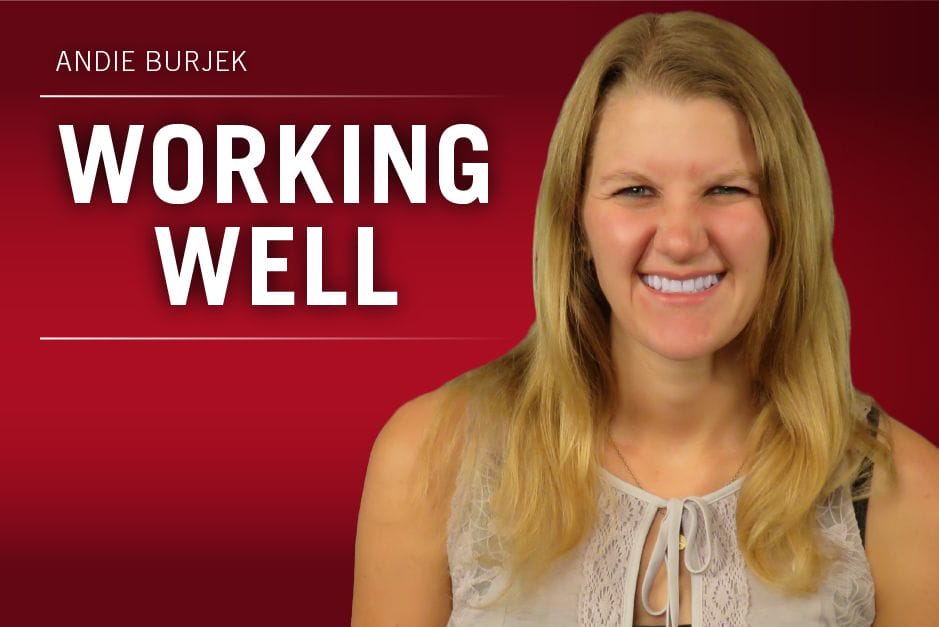Not surprisingly the future of the United States heath care system is already a huge topic of debate for next year’s presidential election.
Many of the 2020 Democratic nominees for president are supporting a single-payer or Medicare for All solution.
Since the United States has never had this type of health care, it’s helpful to sort out the myths from the facts, which is exactly what one woman did at an employer-centric health care conference recently.
Jan Berger, president and CEO of international health care consultancy Health Intelligence Partners, gave a presentation on single-payer health care at the Midwest Business Group on Health annual conference in May.
One of the first ideas Berger brought up is key. Every country in the world, including the United States, is having the same health care problems no matter what the financial model is being used, she said. These problems include rising costs and access issues. The only way the U.S. is different, she added, is that we’re the only country that has made health care “political warfare.” Also, in most other countries people don’t go bankrupt or homeless because of health care costs.
Meanwhile, Berger also debunked several myths about other countries’ single-payer systems. One key myth is that “health care is socialized medicine.” While some socialist countries do use a single-payer system, many non-Socialist countries do, too. Pulling the socialist card to dismiss the single-payer discussion is “a bullet people use to not discuss change,” Berger said.
Berger listed other misconceptions about single-payer health care:
- Single-payer financial models are all the same. (None are the same.)
- “Single-payer” applies to both the finance and delivery of health care. (Only four countries have fully integrated models.)
- Single-payer means no cost to the consumer. (This is very rarely true. There are out-of-pocket costs in almost all countries that use single-payer.)
- Single-payer means no focus on preventative care. (This is not true, Berger noted, giving the examples of Cuba, Costa Rica, Israel, Saudi Arabia and Australia.)
- Single-payer dictates how doctors treat patients. (It doesn’t.)
- Single-payer models destroy innovation. (Berger noted many examples of how this is not true. To name a few: The Netherlands, which has one of the most unique memory-care systems in the world; South Africa, with its automated pharmacy teller machine.)
 “We don’t have to be somebody else, but we have to learn from somebody else,” Berger said.
“We don’t have to be somebody else, but we have to learn from somebody else,” Berger said.
One other idea that Berger mentioned was the need to know the definitions of key phrases if you’re going to have a conversation about the different health care proposals. For example, the difference between Medicare and the Medicare For All bills. While Medicare doesn’t cover vision or dental, the predominant Medicare for All Act in Congress covers a broader range of services, she said. While the word “Medicare” is used in this context, by definition Medicare for All does not mean the exact quality and coverage of Medicare expanded to each U.S. citizen.
It’s also necessary to understand the definition of universal health coverage, which the United States does not have even with the Affordable Care Act. The World Health Organization defines universal health coverage as “ensuring that all people have access to needed health services (including prevention, promotion, treatment, rehabilitation and palliation) of sufficient quality to be effective while also ensuring that the use of these services does not expose the user the financial hardship.” It continues, “People need to be protected from being pushed into poverty because of the cost of health care”— a milestone the U.S. has yet to reach.
None of this is to say health care should be one way over another. But if we’re debating on what health care system works best for the country, then relying on facts rather than myths for information is a good start.
It’s possible to admit that the current employer-based health care system is not doing well in certain regards. Almost 24 million Americans enrolled in employer health plans must spend a large share of their income on health care. High-deductible health plans have the power to impact low-wage workers in much more detrimental ways than they impact high-wage workers. Contributing to HSAs like some employers promote just isn’t possible for many low-income employees; in fact, Bruce Sherman, medical director at the National Alliance of Healthcare Purchaser Coalitions noted at this same MBGH conference that only 1 percent of low-income employees contribute to HSAs.
Whatever the solution is to problems within employer-sponsored plans currently are, it’s not something that has been solved yet. There are going to be plenty of suggestions from the candidates.
As the 2020 election nears, we’re likely to hear a lot of hyped and a lot of misleading “facts” about certain health system proposals, and I’d encourage you to look at the facts instead of falling too deeply into the “political warfare” of U.S. health care.





